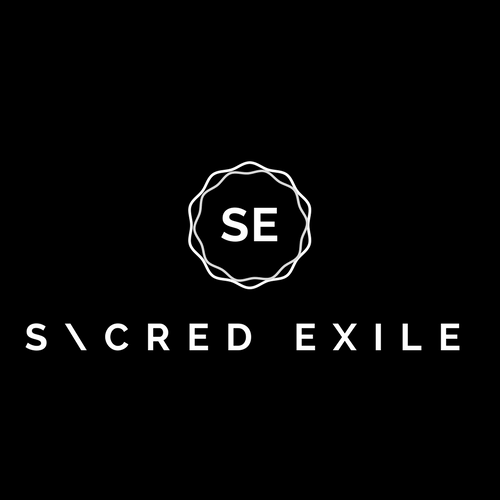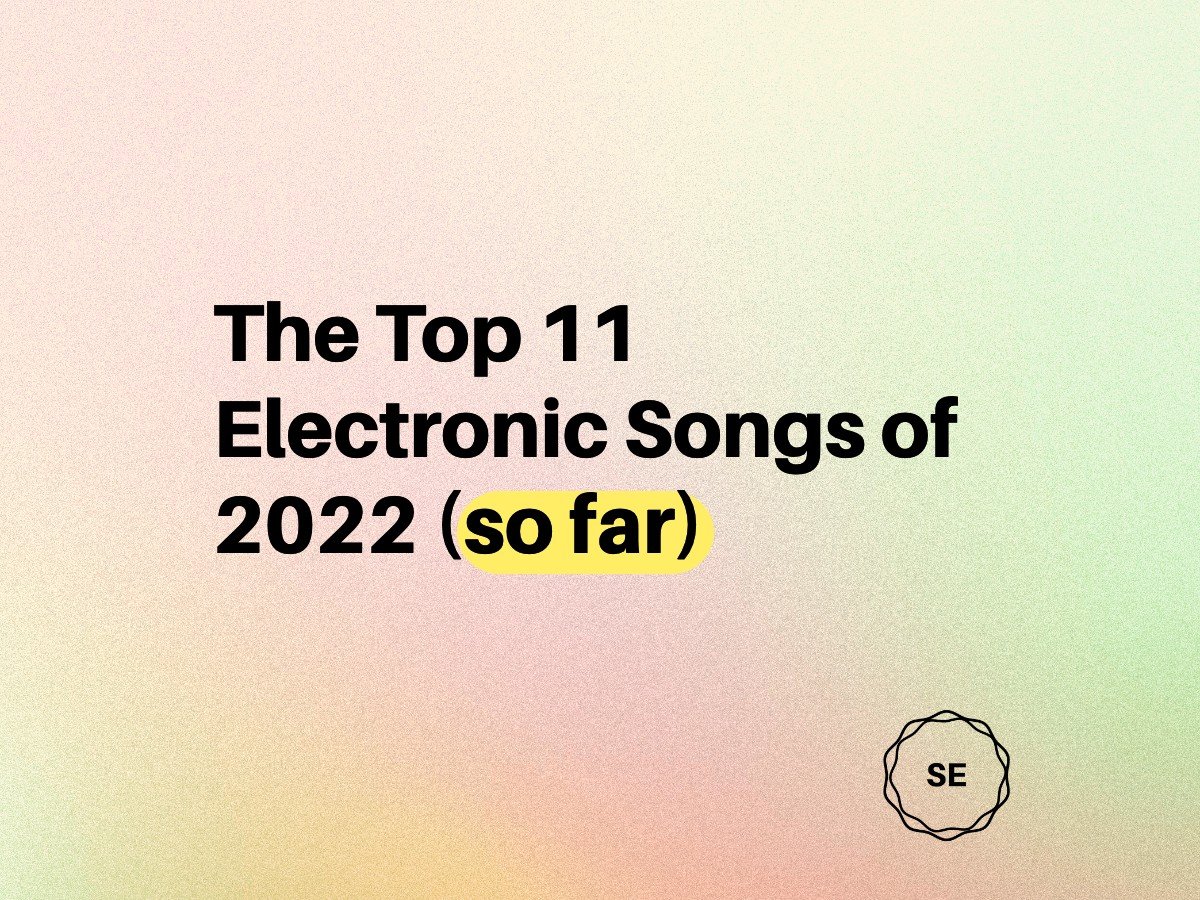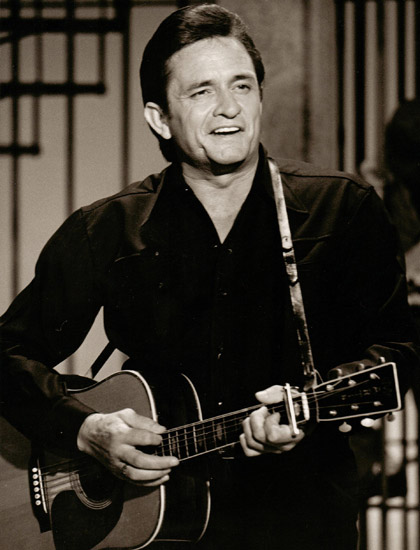Brittany Howard | What Now
For Brittany Howard, her sophomore solo record What Now is both the answer and the question.
By: Jessie Oswald
What Now is an album about finding balance, thematically exploring concepts that aren't necessarily diametrically opposed in life: momentum and stillness, familiarity and growth, past and future.
I've always been told that the laws of kinetic energy apply to people: if you want something done, give that thing to a busy person, a person already moving constantly.
Inevitably, when something comes to an end, stopping feels like a shock, like getting used to creating your own momentum after getting off a treadmill. The early days of lockdown in March 2020 felt like someone activating the emergency stop button on everyone's proverbial treadmill, mixed with crushing fear and isolation.
Sometimes, the only coherent thought in those helpless moments is, "What now?". For Brittany Howard, her sophomore solo record What Now is both the answer and the question.
What Now is an album about finding balance, thematically exploring concepts that aren't necessarily diametrically opposed in life: momentum and stillness, familiarity and growth, past and future. What Now was largely born out of the COVID-19 pandemic, a time many people do anything in their power to avoid reminders of. However, Brittany Howard has created a work of art that explores many complicated feelings that COVID created while transcending its original context.
"Earth Sign," the opening track, begins and ends with a droning, ambient bell akin to chimes or a singing bowl, contrasting with the vibrant precision of the percussion that pushes the music forward. These droning bells are a motif that appears throughout the lively album, even on the disco-pop song "Prove It To You."
It's an element of What Now that is inextricable from its essence, pulling the listener into a meditative state. At times, this motif starkly interrupts the album's flow, like suddenly getting a chance to catch your breath. At other times, it is the album's flow, creating a seamless transition between many of the songs. When the final beat in "Red Flags" waits to drop and the bell replaces it, it grows into "To Be Still." This is the first song on the album that most obviously uses the bell motif throughout the entire song and one of the only songs with an apparent lack of drums until the last thirty seconds of the track.
The second ballad, "Samson," contrasts its grooving predecessor, "Prove It To You." "Prove It To You" is a confident song about expressing love and attraction to someone, so lyrics like "it's getting harder not to disappoint you" and "I'm split in two / don't know what to do" in "Samson" have a sobering effect.
"Samson" also features an utterly phenomenal trumpet solo that ends in a hemiola. Listening to it feels like water droplets creating ripples on otherwise clear water.
The bell motif experiences this push and pull of interruption and conduit until its absence in the final two tracks, "Power To Undo" and "Every Color In Blue," feels almost loud.
However, the space for the bell motive exists in both tracks but is replaced by musical elements that generate their own cycling stability. In "Power To Undo," it's the repetition of the lyrics "you have the power/ you have the power/because I gave it to you."
"Every Color In Blue" is the effect of the interwoven chordal melodies between the guitar, bass, and piano, with mainly sustained melodies in the vocals and trumpet. These songs are self-assured, as if momentum can exist without the anxiety of survival.











